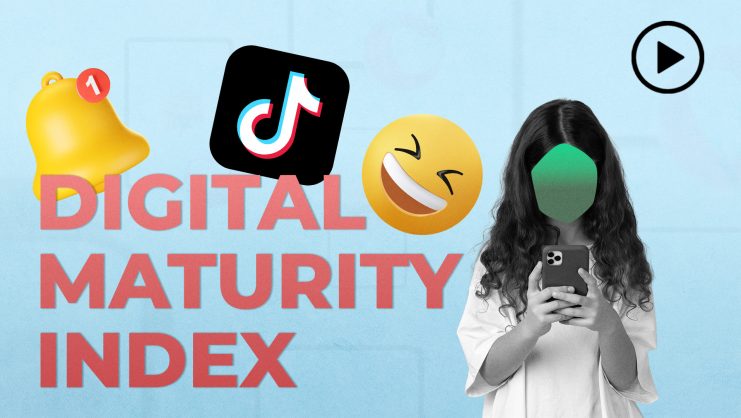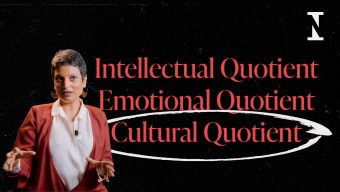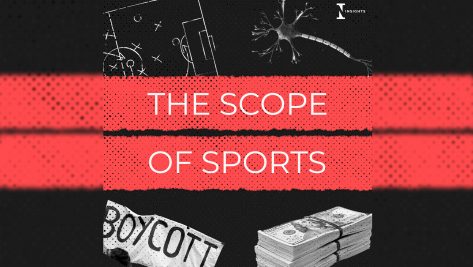Workplace engagement is an important determinant for the level of commitment and loyalty that people show toward their organization. Leaders thus need to have a strong grasp of this equation in order to reduce the risk of brain drain and achieve sustainable success. Trust in decision-makers shapes people’s expectations about their future within the organization.
Support for leadership’s governance will increase with the perception that the procedures used to plan and implement decisions are fair, as well as when organizational outcomes are favorable. At the opposite end of the spectrum, when leaders are not viewed as trustworthy, team members are more likely to be disloyal toward the organization and show lower levels of motivation, which can result in suboptimal work performance.
When leaders are not viewed as trustworthy, team members are more likely to be disloyal toward the organization and show lower levels of motivation.
From a vicious to a virtuous cycle
Studies show that the relationship between teams’ trust in decision-making authorities and their commitment to the organization is self-perpetuating. Thus, untrusting people who show a low level of engagement are more likely to be treated less positively by their superiors, which in turn makes them less likely to become more committed.
An analysis of what drives commitment may make it possible to break this vicious cycle. One way to determine the level of organizational commitment is to measure the relationship between team members’ initial trust, the decision-making of their superiors, the favorability of organizational outcomes, and procedural fairness.
In general, the data confirm that people who show a high level of trust in management are more engaged with their companies than those who mistrust their superiors. To this end, the sharpest decline in organizational commitment by far occurs when teams that began with a high level of trust in management experience unfair work processes combined with unfavorable outcomes. In contrast, the largest increase in the level of commitment occurs when people from the organization who had exhibited a low level of trust experience fair processes combined with favorable outcomes.
Additionally, in low-trust environments, establishing fair procedures accompanied by fair outcomes can lead to a substantial increase in teams’ level of commitment. Conversely, in high-trust environments, commitment to the company declines when leaders fail to manage procedures and outcomes fairly, a pattern that is particularly common in people who are relatively new to their positions.
Organizations can achieve a higher level of commitment by proactively creating and maintaining trust-based relationships; the key seems to be the continuous anticipation and management of the so-called “expectation-experience gap.” Any identified negative divergence between expectations and experience should be interpreted as a precursor to a potential loss of motivation and commitment, which could result in a decline in productivity. On the positive side, when untrusting teams experience fair procedures and favorable outcomes, they may show an increase in organizational commitment.
It is important for leaders to proactively manage organizational fairness, something that requires a coordinated effort that should be incorporated into the company’s values and culture.
Coordinated effort
Given this reality, it is important for leaders to proactively manage organizational fairness, something that requires a coordinated effort that should be incorporated into the company’s values and culture. The first step is to establish clear rules and be transparent in implementing them. To this end, the rules must be implemented consistently across different hierarchical levels of the organization.
In low-trust environments, establishing clear rules about procedures and outcome distributions represents an opportunity, while in high-trust environments, the failure to establish clear rules represents a threat to people’s commitment if procedures are unfair or outcomes unfavorable.
Leaders must understand that only fairness in both processes and outcomes can make a difference.
Explicit needs
Leaders need to know the expectations of the people in their teams. Identifying the expectation-experience gap requires managing their needs properly, making them explicit. In other words, since personal circumstances, professional needs, demographics, job responsibilities, ambitions, and objectives vary greatly from one person to the next, managers must not assume they know what their people expect. On the contrary, they need to identify these expectations individually. This can be done with informal chats throughout the year or through formal evaluation meetings. Additionally, conducting online opinion polls with teams each time an important project is completed could help to efficiently measure their experience and identify the most striking divergences from their expectations.
Another highly effective and necessary system is to ensure an open information flow with the organization’s people. Effectively managing the expectation-experience gap requires organizations both to be attentive to emerging signs of discontent and to learn from these situations. Communication is key to managing and building a trust-based relationship. Continuously monitoring team satisfaction, sharing the results of formal assessments with them, and jointly developing action plans will help prevent possible negative expectation-experience gaps in the future.
© IE Insights.











